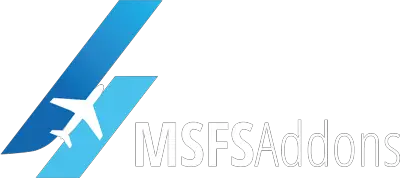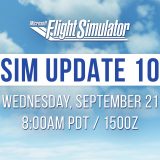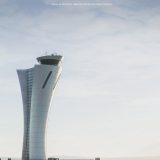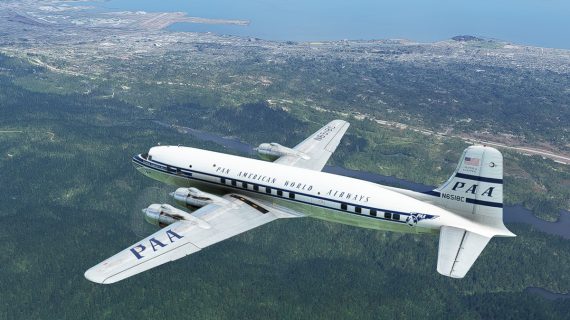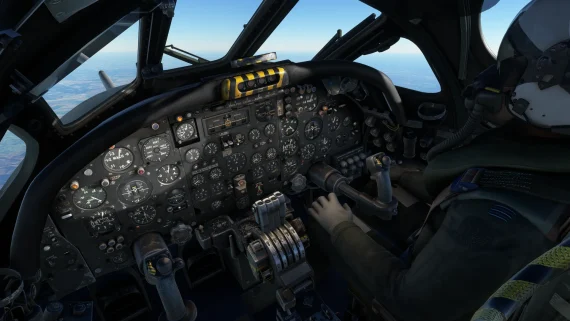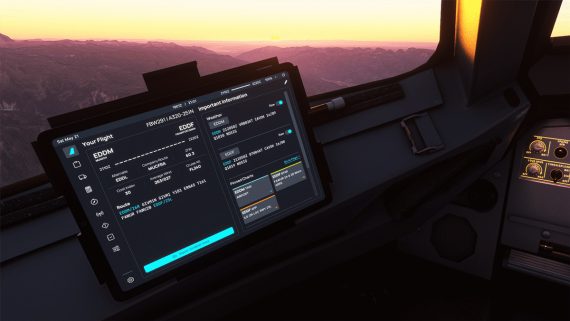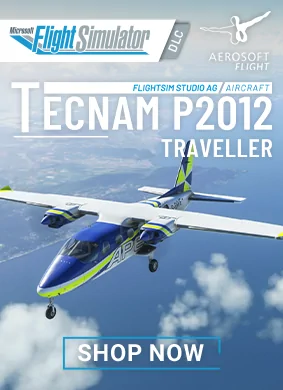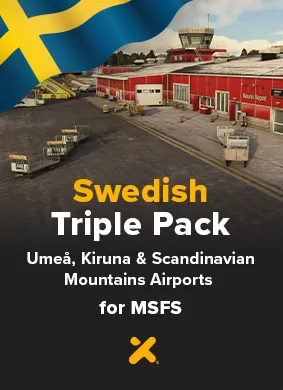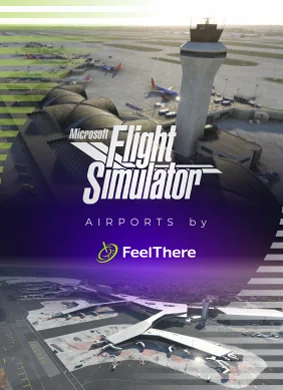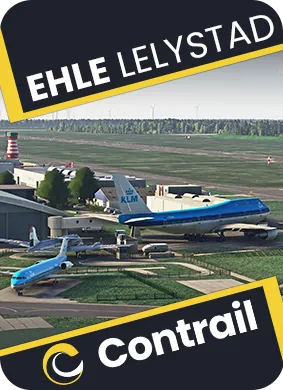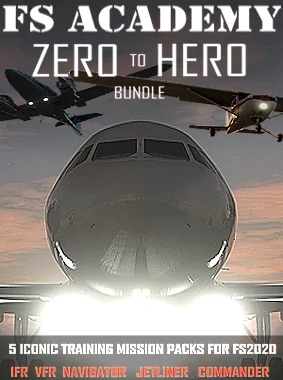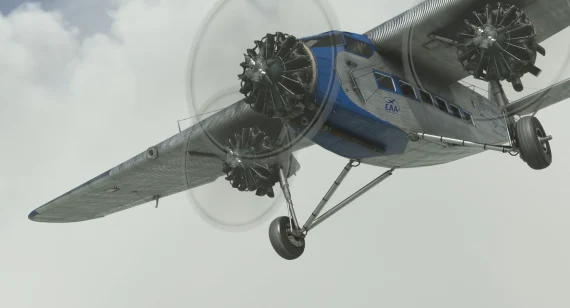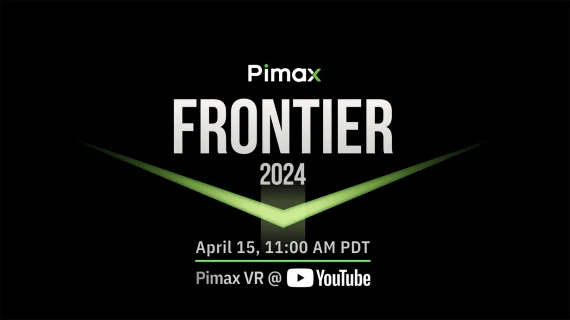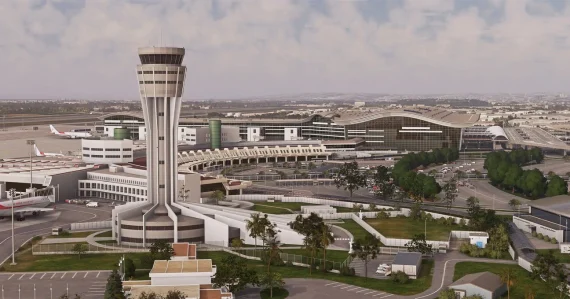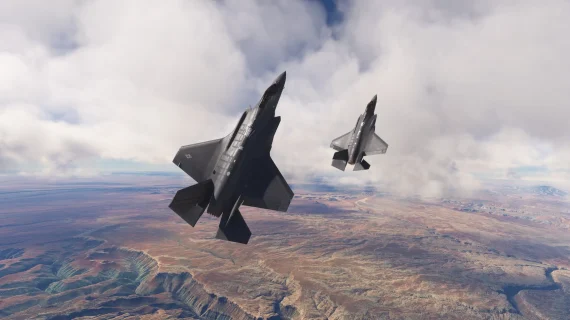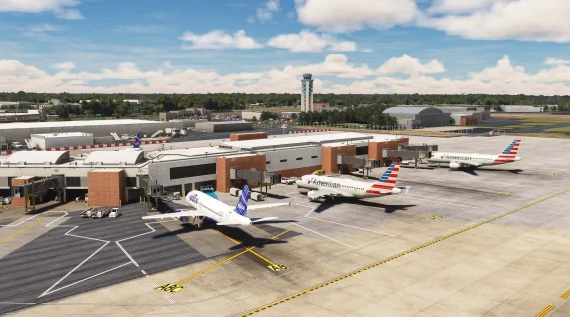The Fenix A320 gets a huge update following launch of Sim Update 10
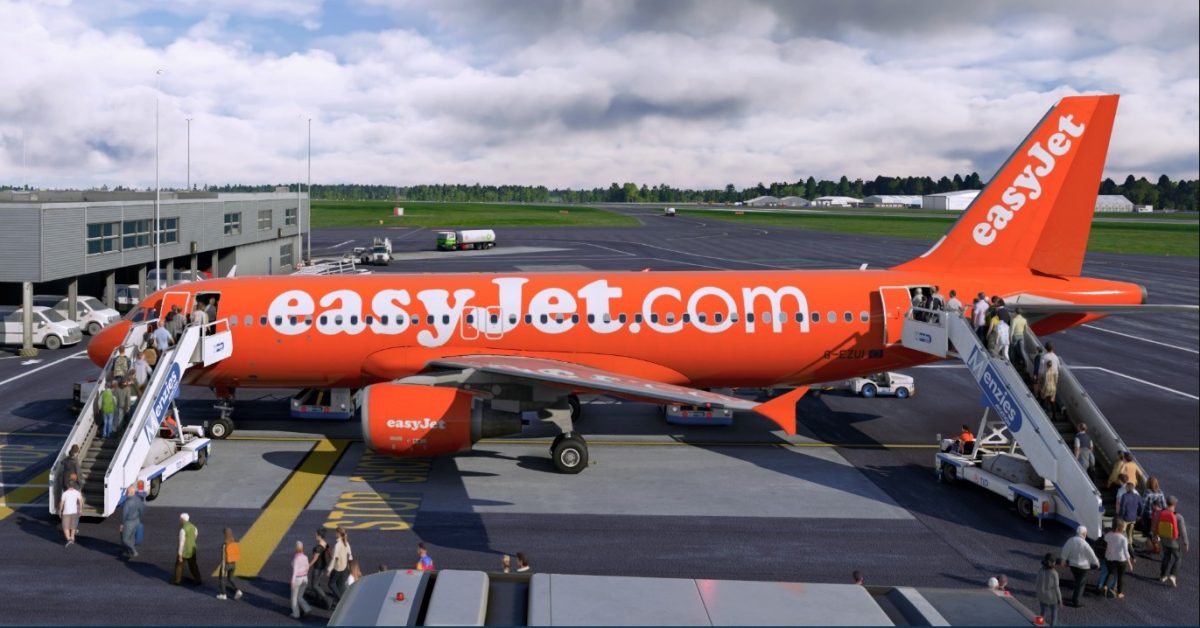
With Sim Update 10 finally out for Microsoft Flight Simulator, third-party developers are now starting to issue their own patches, looking to add compatibility with the latest version of MSFS. Many have been holding off sending these updates, fearing something may become broken with the impending launch of SU10, but with all that now taken care of, it’s time to add further refinements and stability to all the great MSFS products out there!
The Fenix A320 is one of the first to get patched after SU10. It’s an update that has been long-awaited by users, and it seems to bring a whole host of great improvements to the experience. As always, the download and full changelog are available in the Fenix App, but we have Aamir’s summary (from Fenix’s Discord) reproduced below so you can have a quick glance over the most significant changes in this new build.
Fenix A320 1.0.3.125 Main changes:
Improved rotation and post-rotation
Rotation and post rotation has been reworked to allow for a smoother, more consistent behaviour. This involved changing the way the physical elevator on the aircraft worked, along with system-side tweaks to improve what the software was doing with the elevator. We’ve modelled this after some great data from our tech team, and cross-checked it thereafter with a couple of the type-rated members in the team – the aircraft will drop it’s nose during the blending phase, but no longer anywhere near as aggressively as it did before. This behaviour was then validated in the level-D simulator.
SRS and post rotation attitude should be much improved – some thrust was removed from the engines and the aircraft should now climb in the immediate post-takeoff phase much more appropriately for an A320. We’ve validated that the A320 can and will exceed 15 degrees of pitch as commanded by SRS – but not by much, this should be reflected in the update.
More accurate flap lift and drag
Flap lift and drag has been remodelled in its entirety. Drag and lift should now be more accurate – for those that remember, Flap 2 was unreasonably draggy – this has been fixed, along with changes to all other flap settings to bring them closer to reality.
Reworked rudder
The rudder has been reworked also, the sensitivity of the rudder has changed, you will need to amend your control curves after a little bit of testing to find the sweet spot for your hardware – but the new rudder should make crosswind landings a little more satisfying.
Improved roll stability
Roll stability around yaw has been reworked in conjunction with the above rudder changes to further enhance the crosswind landing experience, the aircraft should be much less of a handful when applying rudder.
Ground Effect adjustments
A final note about landings, we’ve readjusted the ground effect to better match the way the aircraft feels in flare and landing. All the changes for the flap lift, drag, ground effect, were brought together to readjust the way the aircraft feels during the landing phase. I understand that these may seem like huge changes, and they were, but the overall picture has been very gently moved – the aircraft should feel familiar, just better. This was a challenge to balance amongst the sweeping changes with the FM and software, but I think we’re moving in a good direction now.
Reworked nose wheel steering
NWS and nose wheel steering, we have removed this option from the EFB entirely as it was no longer required with MSFS’s nose wheel steering axis – and it only served to confuse a great many people. We rebuilt this in a much simpler way that should help alleviate any confusion.
Reworked spoilers
The spoilers were rewritten with direct input from one of our pilots to best reflect the efficiency and abilities of the A320’s spoilers.
Improved VNAV
VNAV was re-math’d, this was a painful process taking weeks of work from our team. Most probably qualify for a phD in Math at this point. This was done in order to ensure we captured not just the functionality of the aircraft’s systems, but also their character – as the A320 tends to descend toward the upper end of the speed band, as opposed to constantly getting slow on speed and hugging the bottom bracket. It’s important to stress that VNAV in general (and in the real aircraft) is far from perfect – and speeds will absolutely vary, sometimes sitting at the bottom bracket, sometimes sitting at the top of the bracket, sometimes in between. This new VNAV achieves this. We are not, however, calling it a day on VNAV, and will continue to iterate and build upon what we have delivered to you today. Bugs with respecting constraints were also found and addressed, leading to a far more robust system.
Enhanced autopilot
We have adjusted the way the aircraft now reacts to A/P commands in an attempt to smooth out the initial inputs when climbing/descending, which should make the entire aircraft feel smoother. It should no longer jerk or rapidly dive/climb. Outliers may exist and we continue to refine this.
Better energy management during acceleration
We have adjusted the aircraft’s energy management in acceleration phases based on feedback and collated data – the aircraft was simply not climbing enough during acceleration, instead stopping climbs almost entirely in order to accelerate. This wasn’t correct, and we have refined this to be far more representative.
Fixed panel option saving
We have fixed panel option saving (hallelujah – and sorry!), and fixed a number of QOL complaints with panel states, including adjusting the lighting to be turned OFF, the clock being no longer set to run, and other little knicks and knacks including dimmed screens when starting in Cold and Dark. Bits like the screen backlighting being ON despite the screens themselves being OFF has also been resolved.
In the theme of panel states, we have found and fixed issues with latched buttons not setting themselves to unlatched when changing panel state. This seems a small change, but it was quite a bit of work on the backend to do.
Added autothrottle disconnect key bind
Those wishing for an A/THR instinctive disconnect binding rejoice, this has been added, it can be found as AUTOTHROTTLE DISCONNECT in MSFS settings.
Improved go-around spool response time
Many complained about the aircraft’s go-around spool response time. They were right, but not for the reasons that they necessarily think. The overall spool times were correct for a CFM56 on the A320 – but regrettably our system suite did not have the FADEC’s approach idle mode built in, which keeps a higher N1 on approach to improve spool response times. We’ve now built the “approach idle” concept into the aircraft, meaning that the spool response time should be in or around the 6s certification mark, giving you better response should things get a little hairy. For the proper system nerds out there, we’ve built this in properly – for example, only SFCC 1 is supplied in the emergency electrical config, hence FADEC 2 doesn’t get any information on flap position, therefore it defaults to approach idle and CONT IGN (depending on engine), while Eng 1 will be on the normal/correct idle. Same thing happens to Eng 1 if SFCC 1 fails with a FLAP SYS 1 FAULT. EIUs should also cause changes to the FADEC’s idle regime. Welcome to the unique circus of asymmetric idles.
Major audio and visual improvements
And then the art and the audio. Changes for these cumulatively are likely in the thousands. I don’t think many of you would really recognise the sound of the aircraft anymore, which I like to think is a good thing. I won’t write paragraphs about this, because art is simply better experienced – but there’s an entirely new engine soundset, along with a significant number of other sounds in the aircraft having been replaced entirely also. Stuff like force based turbulence sounds are now implemented. There’s a VR specific tablet which is called the FenixPadProXXL. Lighting has been reworked, strobes and the beacon are all in sync now also. And then a large list of fixes for both audio and visual. Every single clickspot has been redone and should be much nicer to use. The changelog for this is going to look tiny, mostly because there are a frankly hilarious number of changes that will make no sense on a changelog – but I think the changes more than speak for themselves when you get in the airplane.
